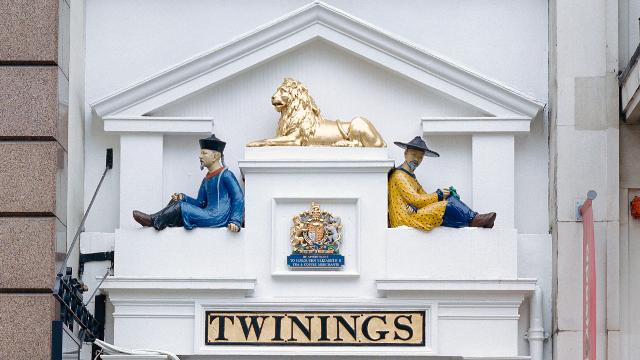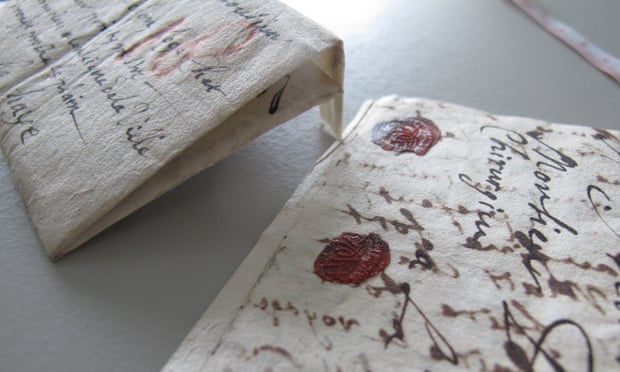We’ve all misbehaved in restaurants or at dinner parties by running our wet fingers round wine glasses to make sounds. In fact one of the first people to write about the phenomenon was Galileo — and the trick wasn’t new then! And sets of water-tuned glasses on which you can play tunes were popularized in England by Richard Pockridge and Gluck in the early 1700s.
But did you know that there is a real musical instrument based on just this principle: the Glass Armonica (often called the Glass Harmonica).
In 1761 Benjamin Franklin was in London (representing the Pennsylvania Legislature to Parliament) and as a capable amateur musician he regularly attended concerts. One such concert was given by a guy called Deleval, who performed on a set of water tuned wineglasses patterned after Pockridge’s instrument. Franklin was enchanted and set out to invent and build “a more convenient” arrangement.
What Franklin came up with in 1762 was the glass armonica.

The armonica is composed of between 20 and 54 blown crystal (or quartz) glass bowls (37 bowls is a standard size). These are fitted into one another, but not in contact, with a horizontal rod going through their centres; the rotation of the rod is controlled by a pedal. The diameter of the bowl determines the note. Once the bowls are rotating around the rod, the player rubs the edges with wet fingers, thus producing a note — and indeed usually complex chords.
Apparently the armonica was quite a hit, especially in Germany where Franz Mesmer used it to “mesmerise” his patients and who introduced the instrument to Mozart. Indeed Mozart wrote a couple of pieces for the armonica, as did Beethoven and a number of their contemporaries.
If you want to know what the glass armonica sounds like, then here it is, with some instrumental accompaniment.
And find out more about the instrument and its history at:
https://en.wikipedia.org/wiki/Glass_harmonica
http://glassarmonica.com/
http://www.thomasbloch.net/en_glassharmonica.html



 This is a very small book of just 60 pages and under A5 in size, but it is nicely produced in a good hard cover. It is text heavy, which is good, with about 30 B&W photographs of London nearly all from the period 1875 to 1915. It essentially covers “central London”, being the Cities of London and Westminster, although there are mentions of some areas a little outside like Southwark and the docks.
This is a very small book of just 60 pages and under A5 in size, but it is nicely produced in a good hard cover. It is text heavy, which is good, with about 30 B&W photographs of London nearly all from the period 1875 to 1915. It essentially covers “central London”, being the Cities of London and Westminster, although there are mentions of some areas a little outside like Southwark and the docks.






